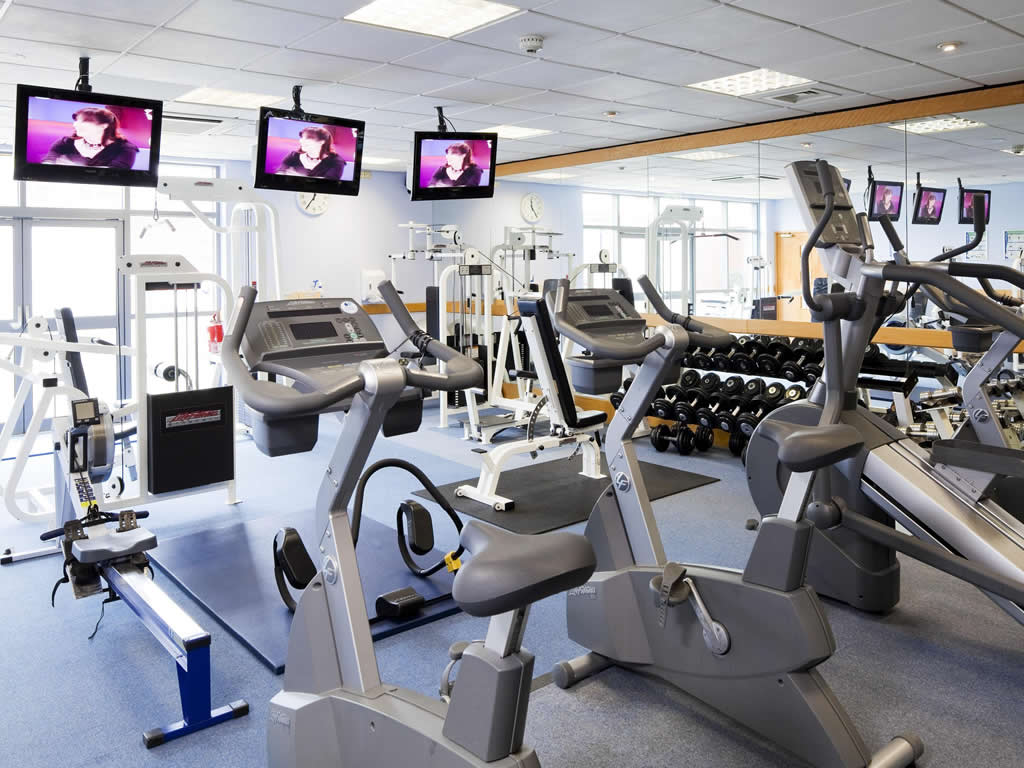Benefits
2016 Fringe Benefits Tax Series: #3 Let’s Get Physical!
The statutory requirements for on-site athletic facilities are precise. If you operate a gym or similar facility on the business premises, the value of the benefit is exempt from tax and deductible by the company as long as substantially all use at ...
Jul. 04, 2016

In this day and age when obesity and health issues of employees are, or should be, a major concern of employers, you can put your best foot forward. Notably, the tax law provides tax breaks for improving the physical fitness of workers. For example, you might make the necessary accommodations at your workplace or authorize gym memberships for employees, whichever best suits your needs.
The statutory requirements for on-site athletic facilities are precise. If you operate a gym or similar facility on the business premises, the value of the benefit is exempt from tax and deductible by the company as long as substantially all use at the facility during the year is by employees, their spouses and their dependent children. For this purpose, an employee’s dependent child is a child or stepchild who is the employee’s dependent or who, if both parents are deceased, hasn’t reached the age of 25.
[This is part of a series on fringe benefits by our resident tax expert, Ken Berry, J.D., on the “sweet 16” fringe benefits on the books for 2016.]
The athletic facility must be located on premises owned or leased by the employer. For instance, it could be located on the site of another building the employer rents out to business tenants. However, the tax exclusion doesn’t apply to an athletic facility used for residential purposes, such as athletic facilities that are part of a resort.
For this exclusion, the following individuals are treated as employees.
- A current employee.
- A former employee who retired or left on disability.
- A widow or widower of an individual who died while an employee.
- A widow or widower of a former employee who retired or left on disability.
- A leased employee who has provided services to you on a substantially full-time basis for at least a year if the services are performed under your primary direction or control.
- A partner who performs services for a partnership.
Thus, if the founder of the employer is officially retired, he or she can continue to come in and work out at the company’s gym without any adverse tax consequences. But you can’t restrict access to higher-ups, either. Use of the facility must be available to the entire rank-and-file.
Conversely, if an employer offers gym memberships at other facilities to employees free of charge, the benefits are generally still deductible by the employer, but are taxable to the employees. The IRS has said that gym membership dues don’t qualify as a tax-free di minimis fringe benefit. If a gym membership or other access to an athletic facility is deemed to not qualify under the tax code, your payroll department must report the taxable fringe benefit on your W-2 for the year.
